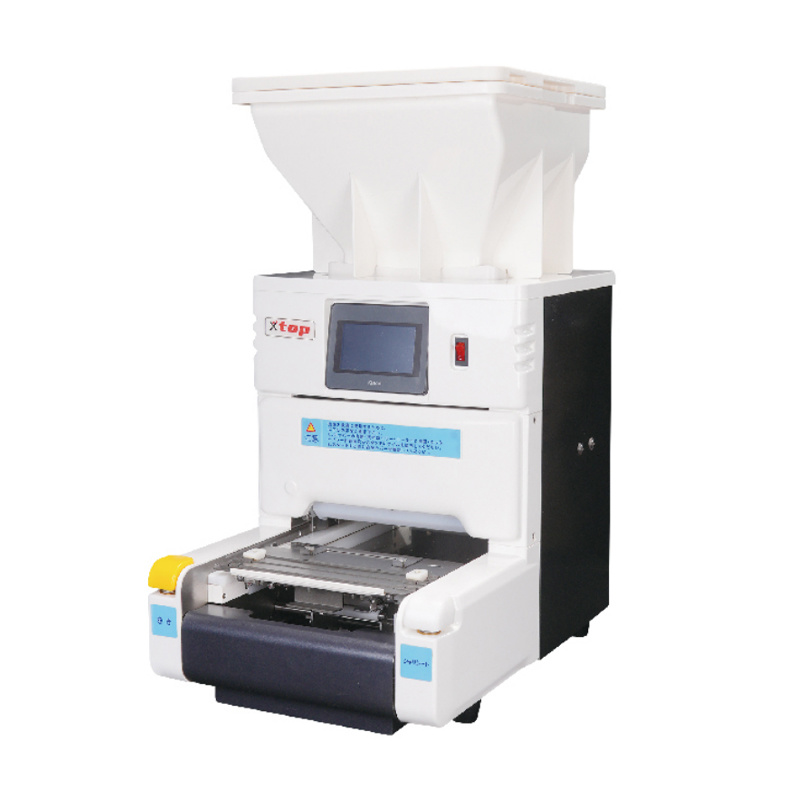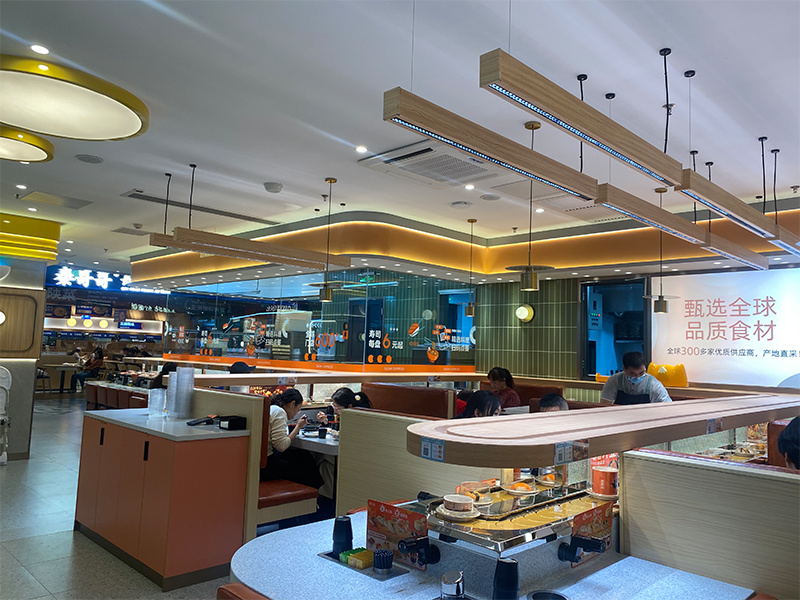Revolutionizing Sushi Preparation: The Benefits of Automatic Sushi Rice Maki Machines
Release Time:2025-06-08
---
In the world of food processing, automation has become a game-changer, particularly in the preparation of specialty items such as sushi. Among these innovations, the Automatic Sushi Rice Maki machines stand out as essential tools for restaurants and food manufacturers aiming to streamline their operations. These machines are designed to automate the intricate process of sushi making, specifically focusing on the preparation of sushi rice and rolling maki.
One of the primary advantages of using an Automatic Sushi Rice Maki machine is the precision it brings to sushi preparation. Traditional sushi making requires a skilled chef to achieve the perfect balance of rice texture, moisture content, and seasoning. However, with an automatic machine, these variables are controlled with remarkable accuracy, ensuring that every batch of sushi rice is consistent. This level of consistency is crucial for maintaining quality across multiple servings and reducing waste due to human error.
Furthermore, these machines significantly enhance the speed of production. In a fast-paced restaurant environment or a high-demand food processing facility, the ability to produce sushi quickly can greatly impact service efficiency. Automatic Sushi Rice Maki machines can roll and cut sushi in a fraction of the time it would take a human chef, allowing businesses to serve more customers and increase their overall output.
Another noteworthy aspect of these machines is their ability to handle a variety of ingredients. While traditional sushi typically features fish and vegetables, modern sushi recipes can include a wide range of fillings and toppings. Automatic Sushi Rice Maki machines can be programmed to accommodate different ingredients, making it easier for businesses to experiment with new recipes and cater to diverse customer preferences.
Moreover, implementing Automatic Sushi Rice Maki machines in a food processing line can lead to improved hygiene standards. Automation reduces the amount of direct human contact with food products, thereby minimizing the risk of contamination. This is particularly important in today's health-conscious society, where consumers are increasingly aware of food safety.
In conclusion, the Automatic Sushi Rice Maki machine is transforming the way sushi is produced in the food processing industry. By ensuring consistency, speeding up production, accommodating various ingredients, and enhancing food safety, these machines are invaluable assets for food manufacturers and restaurants alike. As the demand for sushi continues to grow globally, investing in such technology can provide a competitive edge and meet the evolving needs of consumers.
In the world of food processing, automation has become a game-changer, particularly in the preparation of specialty items such as sushi. Among these innovations, the Automatic Sushi Rice Maki machines stand out as essential tools for restaurants and food manufacturers aiming to streamline their operations. These machines are designed to automate the intricate process of sushi making, specifically focusing on the preparation of sushi rice and rolling maki.
One of the primary advantages of using an Automatic Sushi Rice Maki machine is the precision it brings to sushi preparation. Traditional sushi making requires a skilled chef to achieve the perfect balance of rice texture, moisture content, and seasoning. However, with an automatic machine, these variables are controlled with remarkable accuracy, ensuring that every batch of sushi rice is consistent. This level of consistency is crucial for maintaining quality across multiple servings and reducing waste due to human error.
Furthermore, these machines significantly enhance the speed of production. In a fast-paced restaurant environment or a high-demand food processing facility, the ability to produce sushi quickly can greatly impact service efficiency. Automatic Sushi Rice Maki machines can roll and cut sushi in a fraction of the time it would take a human chef, allowing businesses to serve more customers and increase their overall output.
Another noteworthy aspect of these machines is their ability to handle a variety of ingredients. While traditional sushi typically features fish and vegetables, modern sushi recipes can include a wide range of fillings and toppings. Automatic Sushi Rice Maki machines can be programmed to accommodate different ingredients, making it easier for businesses to experiment with new recipes and cater to diverse customer preferences.
Moreover, implementing Automatic Sushi Rice Maki machines in a food processing line can lead to improved hygiene standards. Automation reduces the amount of direct human contact with food products, thereby minimizing the risk of contamination. This is particularly important in today's health-conscious society, where consumers are increasingly aware of food safety.
In conclusion, the Automatic Sushi Rice Maki machine is transforming the way sushi is produced in the food processing industry. By ensuring consistency, speeding up production, accommodating various ingredients, and enhancing food safety, these machines are invaluable assets for food manufacturers and restaurants alike. As the demand for sushi continues to grow globally, investing in such technology can provide a competitive edge and meet the evolving needs of consumers.
Keywords:Automatic Sushi Rice Maki
CATEGORY
Related News
2024-02-03
Related











